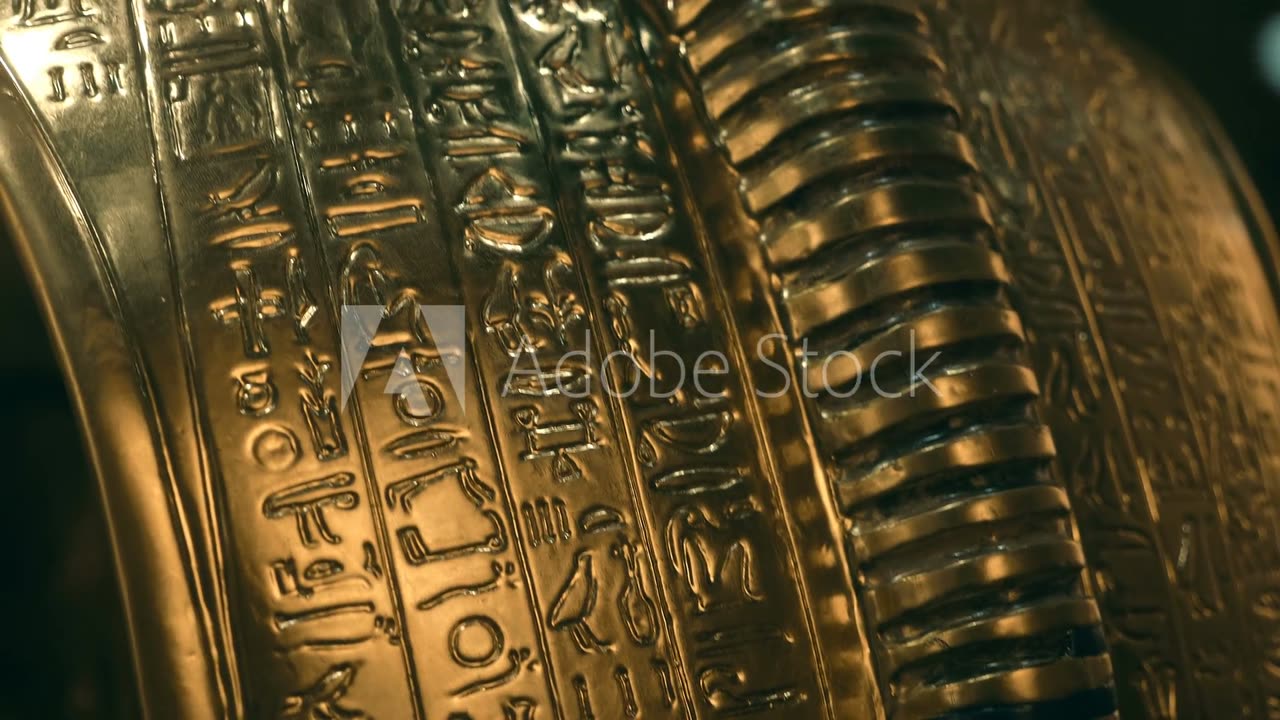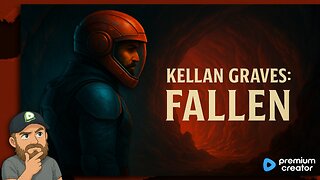Premium Only Content

Beyond King Tut: An Educational Companion https://bit.ly/3OLCe9c
THE Beat OF THE NILE
Tutankhamun's story starts in old Egypt, a land formed by the occasional changes to the Nile Stream.
All life in Egypt relied upon the waterway — the Nile gave food and regular assets, land for crops, a "street" for movement, and a way to ship materials and products.
Occasional Flood
The flooding of the Nile has been a significant normal cycle in Egypt since old times. Weighty downpours from the Ethiopian high countries would make the waters start ascending in June, flooding the Nile Valley and saving supplement-rich soil.
This flood changed the desert into useful farmland. The stream's consistency permitted the Egyptians to assemble a realm in light of farming riches.
They developed staple food crops — like wheat and grain — and modern harvests — like flax and papyrus. Ranchers fostered a perplexing water system framework, digging channels to guide floodwaters and immersing soil to prepare it for planting. Riverbank mud was heated into blocks for building structures.
The Waterway as a Street
The Nile gave a characteristic interstate to shipping products and individuals. A large portion of the significant urban communities in old Egypt were situated along the riverbank. Ships carried dealers, couriers, and armed forces all through the realm.
Building supplies and different products could rapidly be shipped.
The outing from Memphis to Thebes is commonly required as long as two months during the dry season. That equivalent excursion was decreased to around fourteen days during the flood season.
For of Personality
The Nile's yearly restoration of the land impacted antiquated Egyptian individuals' perspectives on life, passing, and existence in the wake of death. Quite a bit of their social personality was connected to what they saw in the regular world around them.
The rising and setting of the sun; the developments of the stars across the sky; the yearly flooding of the Nile; the planting, developing, and reaping of yields generally filled in as proof of day-to-day existence consistently reestablished by normal powers.
The Egyptians considered their own lives to be a cycle: They were conceived; they developed from youth to adulthood to advanced age; they kicked the bucket; and they were renewed.
EGYPT TODAY
The Nile Stream is as yet the focal point of Egyptian human advancement its incredible urban areas actually thrive. Today, 95% of Egyptians live inside a couple of kilometres of the Nile.
Dams, for example, the Aswan High Dam, have been worked to give a wellspring of hydroelectric power. The Nile keeps on supporting farming and fishing and stays a vital course for transportation.
The Two Terrains
The Nile Stream streams from south to north, and the old Egyptians partitioned their country into the "Two Terrains." Lower Egypt was in the north and finished in the Ni
-
 DVR
DVR
vivafrei
15 hours agoLive from Lugano Plan B in Switzerland w/ Efrat Fenigson and Prince Filip Karađorđević!
44.1K1 -
 46:40
46:40
Bitcoin Infinity Media
1 day ago $5.29 earnedBitcoin Infinity Academy at Plan B Forum 2025
22.4K1 -
 18:12:15
18:12:15
Side Scrollers Podcast
1 day ago🔴SIDE SCROLLERS SUB-A-THON🔴FINAL DAY!🔴Craig Makeover + US Dart Throw + More!
559K31 -
 2:05:58
2:05:58
TimcastIRL
12 hours agoSHOTS FIRED, Leftists ATTACK Coast Guard & Feds In SHOCK Terror Attack | Timcast IRL
262K182 -
 1:07:25
1:07:25
Man in America
17 hours agoThe BRICS War on the Dollar Just Hit Endgame—What's Next Changes EVERYTHING
57K16 -
 3:23:45
3:23:45
SOLTEKGG
8 hours ago🔴LIVE - Community Game Night - GIVEAWAY
44.6K2 -
 8:22:30
8:22:30
SpartakusLIVE
11 hours ago#1 Friday Night HYPE, viewers GLUED to the screen
69.8K -
 55:50
55:50
NAG Podcast
9 hours agoAda Lluch: BOLDTALK W/Angela Belcamino
36.3K2 -
 2:45:31
2:45:31
VapinGamers
7 hours ago $17.43 earnedKellan Graves - Fallen - Game Review and Game KeyGiveaway - !rumbot !music
34.5K -
 1:06:41
1:06:41
MattMorseTV
9 hours ago $48.07 earned🔴Trump PREPARES for WAR with VENEZUELA.🔴
59K76